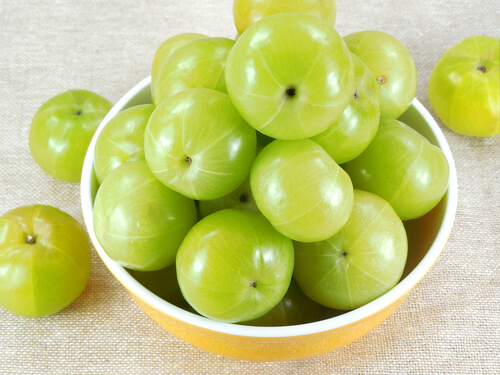Why Amla is A Miracle Food for Diabetics

Amla, also known Indian gooseberries, is one of the most powerful fruits in Ayurveda, the ancient natural medicine practice of the Indian subcontinent. It is quite literally, the emperor of antioxidants, having more antioxidant power than any other whole food. It has roughly 50 times more antioxidants than raw blueberries. Amla has been used for thousands of years to treat chronic illnesses like asthma, type 2 diabetes, intestinal inflammation, high cholesterol, cancer, liver diseases, hypertension, etc.
Due to amla’s high level of antioxidants, it is supremely formative against diabetes. The antioxidants work to guard the body against free radicals. Free radicals are created in tissues when they absorb oxygen provided by red blood cells; they are unstable molecules that are missing an electron. When they are stabilized, they cause oxidative stress which increases your risk of developing chronic disease. The more you are able to resist free radicals, the better your body is able to function and avoid chronic diseases. Your liver and pancreas will be able to more efficiently generate insulin and your cells will be less likely to develop insulin resistance.
Amla also helps to prevent the onset of pancreatitis which is important to keeping your body’s ability to produce insulin intact. The anti-inflammatory properties of amla also work to keep the pancreas healthy by reducing inflammation that may develop from overworking. On top of everything, this antioxidant powerhouse possesses chromium, a mineral that helps to regulate the carbohydrate metabolism. Ultimately, it makes the body more responsive to insulin which also helps to regulate blood glucose levels.
Although amla is indeed a powerful antioxidant agent that has the ability to resist chronic illnesses like diabetes and other respiratory diseases, it should be noted that it is not a replacement for a balanced diet and exercise. Rather, it is a supplement.

